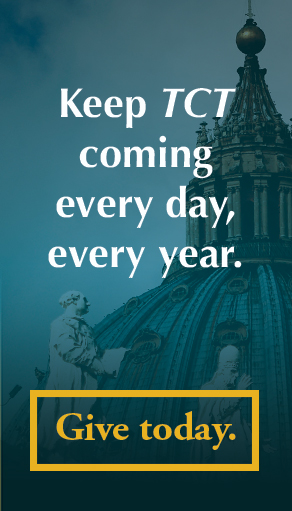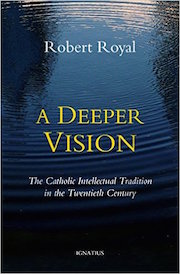In the Byzantine liturgy, in all the hours of the Divine Office, praise of the Mother is linked with praise of her Son and with the praise which, through the Son, is offered up to the Father in the Holy Spirit. In the Anaphora or Eucharistic Prayer of St. John Chrysostom, immediately after the epiclesis the assembled community sings in honor of the Mother of God: “It is truly just to proclaim you blessed, O Mother of God, who are most blessed, all pure and Mother of our God. We magnify you who are more honorable than the Cherubim and incomparably more glorious than the Seraphim. You who, without losing your virginity, gave birth to the Word of God. You who are truly the Mother of God.”
These praises, which in every celebration of the Eucharistic Liturgy are offered to Mary, have moulded the faith, piety and prayer of the faithful. In the course of the centuries they have permeated their whole spiritual outlook, fostering in them a profound devotion to the “All Holy Mother of God.”
This year there occurs the twelfth centenary of the Second Ecumenical Council of Nicaea (787). Putting an end to the well-known controversy about the cult of sacred images, this Council defined that, according to the teaching of the holy Fathers and the universal tradition of the Church, there could be exposed for the veneration of the faithful, together with the Cross, also images of the Mother of God, of the angels and of the saints, in churches and houses and at the roadside.84 This custom has been maintained in the whole of the East and also in the West. Images of the Virgin have a place of honor in churches and houses. In them Mary is represented in a number of ways: as the throne of God carrying the Lord and giving him to humanity (Theotokos); as the way that leads to Christ and manifests him (Hodegetria); as a praying figure in an attitude of intercession and as a sign of the divine presence on the journey of the faithful until the day of the Lord (Deesis); as the protectress who stretches out her mantle over the peoples (Pokrov), or as the merciful Virgin of tenderness (Eleousa). She is usually represented with her Son, the child Jesus, in her arms: it is the relationship with the Son which glorifies the Mother. Sometimes she embraces him with tenderness (Glykophilousa); at other times she is a hieratic figure, apparently rapt in contemplation of him who is the Lord of history (cf. Rev. 5:9-14).85
It is also appropriate to mention the icon of Our Lady of Vladimir, which continually accompanied the pilgrimage of faith of the peoples of ancient Rus’. The first Millennium of the conversion of those noble lands to Christianity is approaching: lands of humble folk, of thinkers and of saints. The Icons are still venerated in the Ukraine, in Byelorussia and in Russia under various titles. They are images that witness to the faith and spirit of prayer of that people, who sense the presence and protection of the Mother of God. In these Icons the Virgin shines as the image of divine beauty, the abode of Eternal Wisdom, the figure of the one who prays, the prototype of contemplation, the image of glory: she who even in her earthly life possessed the spiritual knowledge inaccessible to human reasoning and who attained through faith the most sublime knowledge. I also recall the Icon of the Virgin of the Cenacle, praying with the Apostles as they awaited the Holy Spirit: could she not become the sign of hope for all those who, in fraternal dialogue, wish to deepen their obedience of faith?
Such a wealth of praise, built up by the different forms of the Church’s great tradition, could help us to hasten the day when the Church can begin once more to breathe fully with her “two lungs,” the East and the West. As I have often said, this is more than ever necessary today. It would be an effective aid in furthering the progress of the dialogue already taking place between the Catholic Church and the Churches and Ecclesial Communities of the West.86 It would also be the way for the pilgrim Church to sing and to live more perfectly her “Magnificat.” – from Redemptoris Mater (1987)















